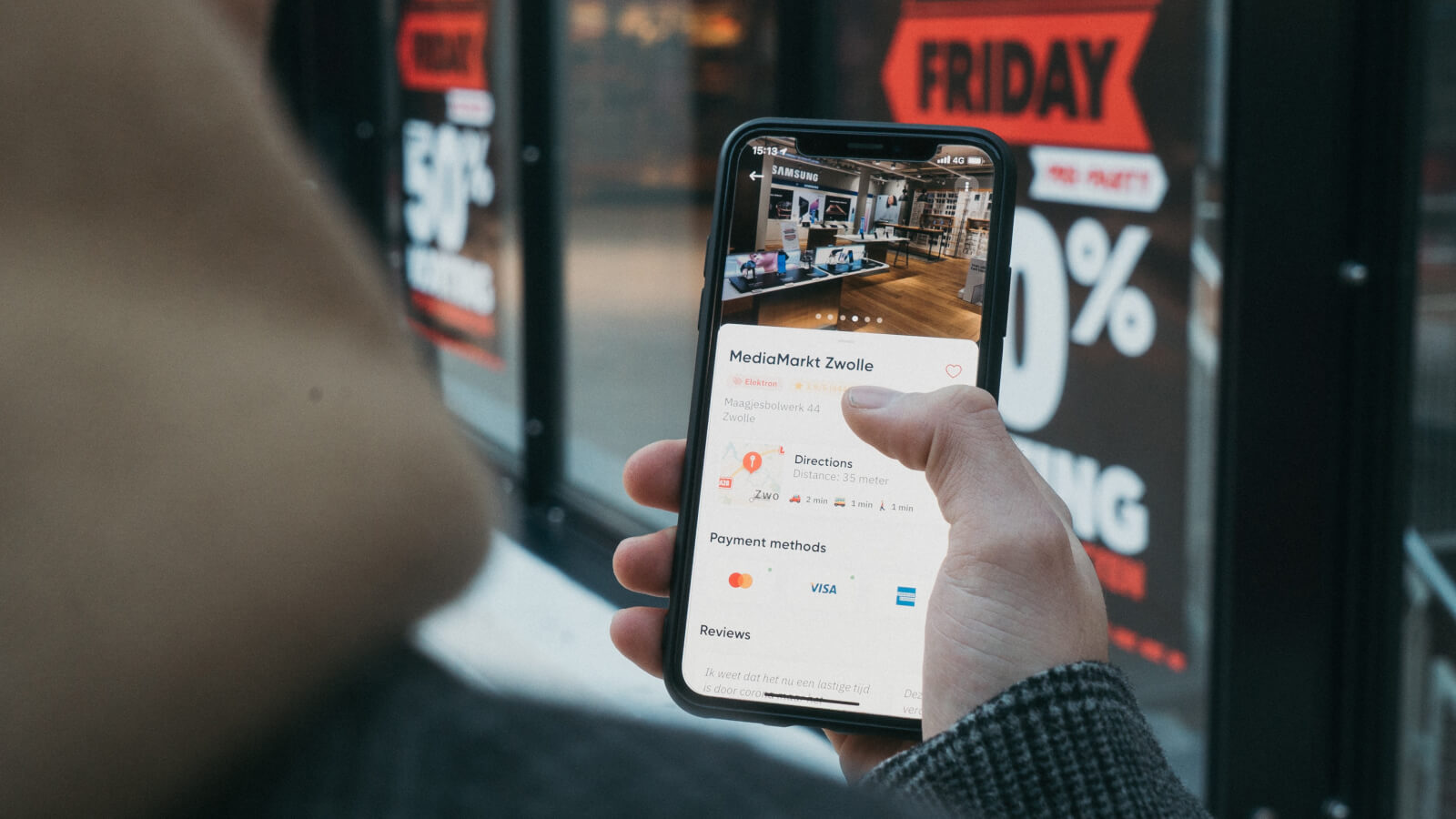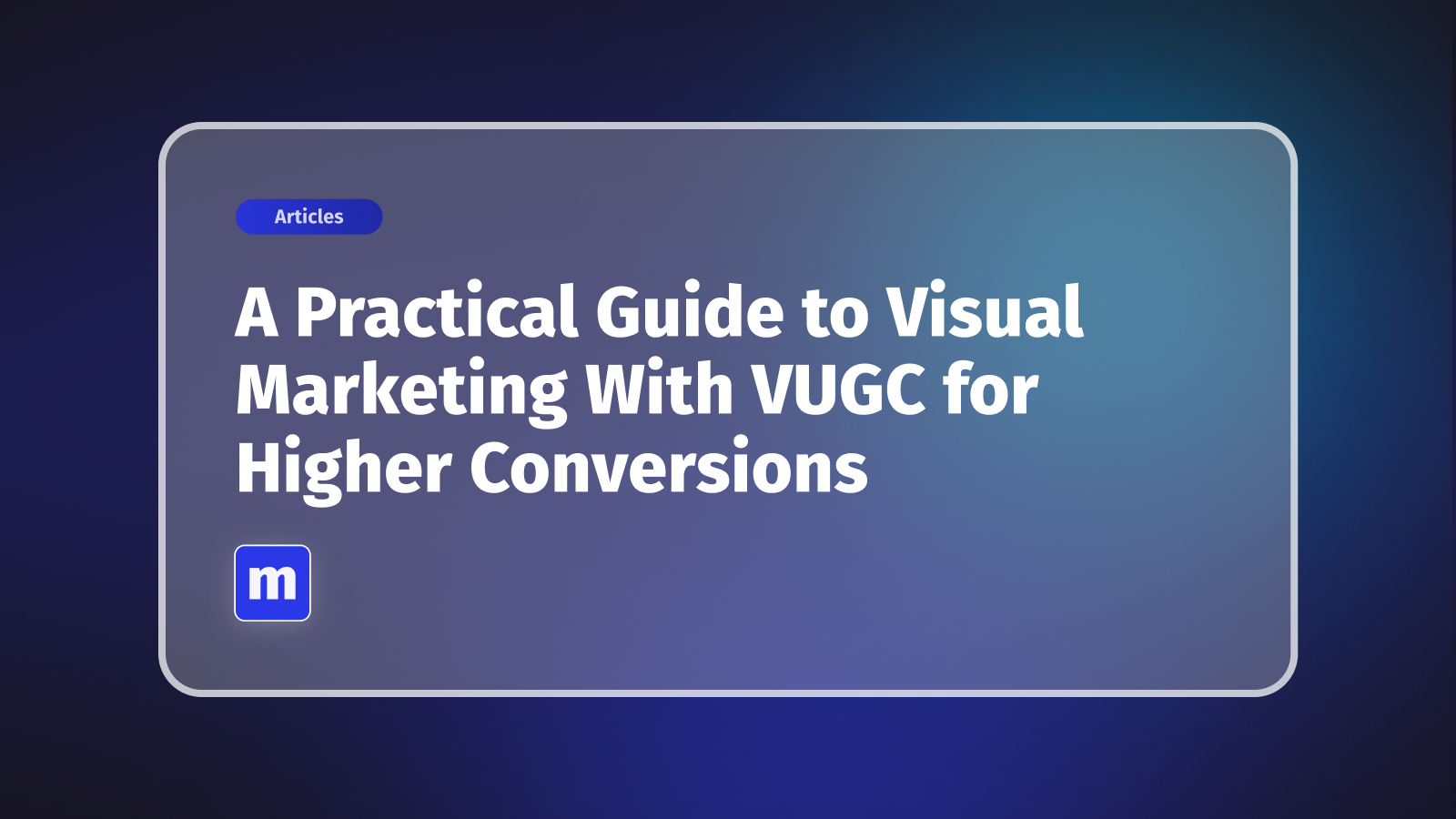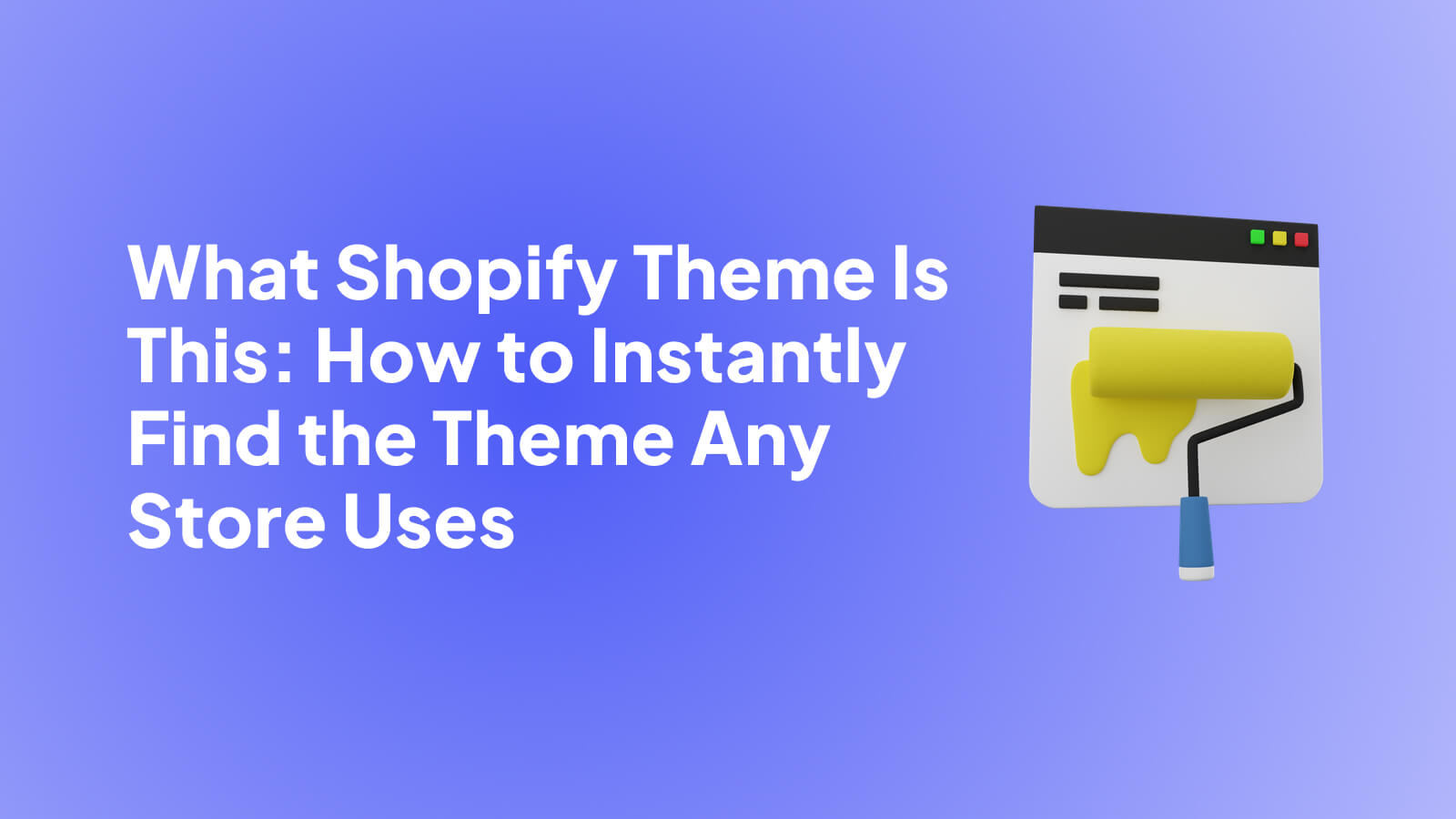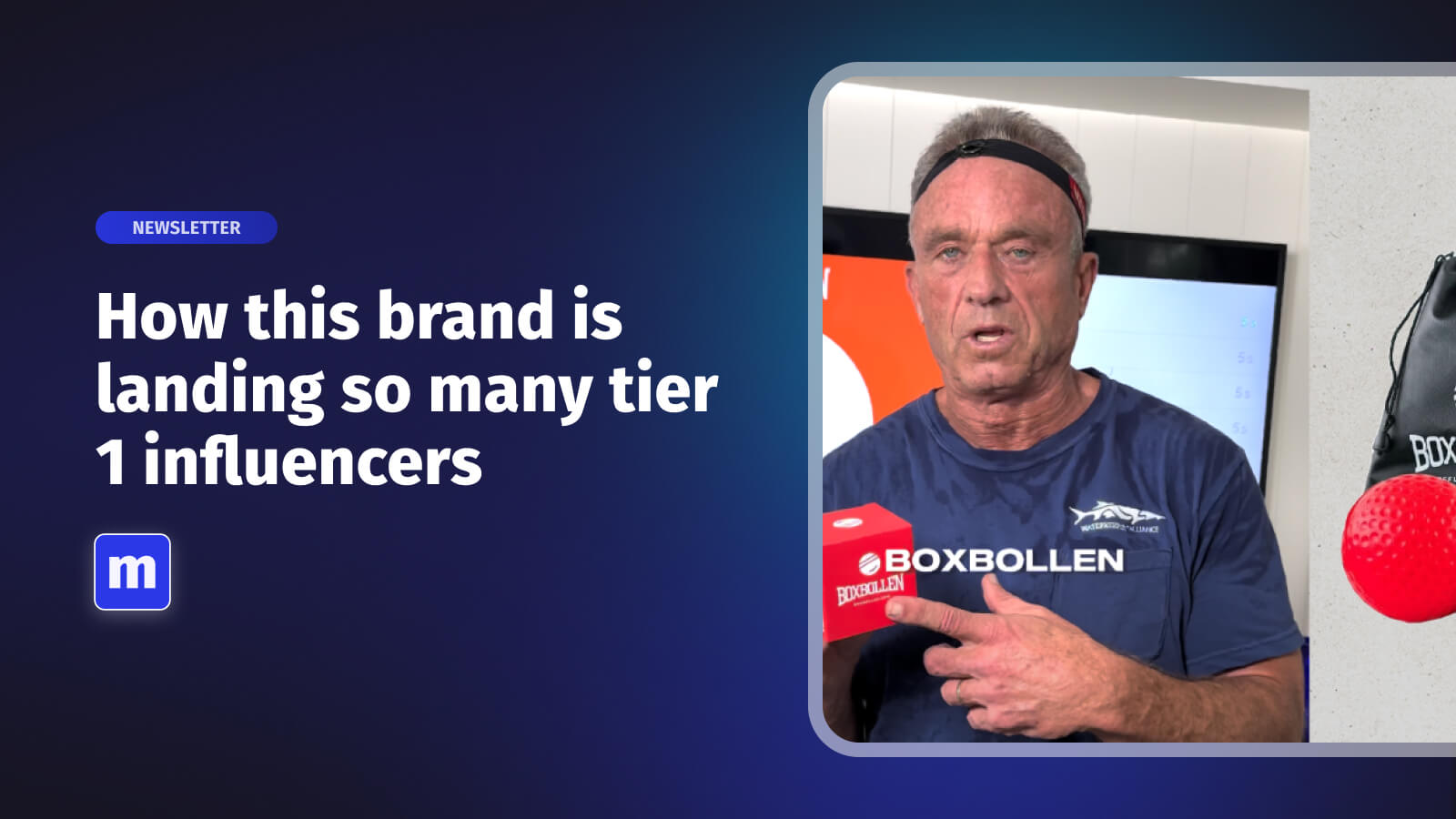.jpg)
In an ideal world, a consumer lands on your website for the first time, adds one of your products to their cart, and checks out. Unfortunately, the reality is that consumers go through multiple steps and touchpoints with your brand before actually making a purchasing decision. According to Truelist it takes a shopper an average of eight touchpoints with a brand before making a purchase. Of course, the number of touchpoints varies between product categories and industries and include websites, social channels, price comparison sites, and review websites.
Given the abundance of touchpoints in the online world, the purchasing journey is only getting longer. This adds further pressure on a brand’s need to map out all their potential touchpoints and ensure that they are aligned and consistent while trying to deliver a seamless and enjoyable shopping experience. But what if the number of touchpoints that a consumer has with a brand can be shortened altogether?
Mapping out your customer journey
To get a good understanding of your customer journey, it is often a good idea to start by mapping it out. As they say, “what gets measured gets managed”, so by mapping out your customer journey, you can influence the perception at every interaction and shape your customer’s experience with your brand.
Here are some examples of touchpoints a consumer may have with your brand:
- Advertising: campaigns ran on Google, Facebook, traditional advertising, radio advertising, etc.
- Social Posts: content you post on social channels.
- Social Engagement: how you respond and engage with your followers on social media.
- Mobile: the location of your audience when they’re on mobile and how they want to engage with your brand at that time.
- Word of mouth: what people say about your brand.
- Website: the user experience, user interface and how your site represents the characteristics you’ve defined within your broader brand strategy.
- Environment: a shop, store or showroom that your brand may be represented in.
- Packaging: the look and feel of your package and messaging within the package.
- Content: blog posts, articles, emails and any kind of written content sent out to customers directly.
- Customer Support: response time, tone and culture used when responding to customer support requests.
Not every one of these touchpoints applies to all brands. Some brands may see additional touchpoints that are relevant to their purchasing journey. What is important is to take the time to identify the ones that are present and relevant to your brand.
.jpeg)
Identifying the customer touchpoints specific to your brand
To recap, a touchpoint is measured as anytime when a customer or a potential customer comes in contact with your brand. To identify your customer touchpoints, put yourself in their shoes. Figure out where your customers hang out online and where they start their journey (an exercise likely done when creating your customer personas). From there, figure out the place where they would first come across your brand–perhaps through an organic or paid Google search.
Acting as your shopper would, the rest of the touchpoints should become pretty clear from there. Maybe you’ll receive an email communication from a newsletter signup and then a retargeting ad on Facebook. Take your time with this exercise and be sure to be as thorough as possible. Categorizing these touchpoints can go a long way.
Uniformity across customer touchpoints
While analyzing each touchpoint a consumer may have with your brand, the priority is ensuring uniformity. This means that things like personality, the tone of voice, the look and feel, the message, the stories and the language profile at each of these points should be consistent. Creating a uniform front on all touchpoints establishes a consistent shopping experience and increases your likelihood of building trust with your customers, thus encouraging shoppers to close their purchasing cycle by giving you a sale.
Not All Consumer Touchpoints Are Created Equal
We’ve spent quite a bit of time identifying relevant touchpoints, mapping out the flow and emphasizing the uniformity of customer touchpoints. But one question remains: are some touchpoints more important than others?What if you could add touchpoints that reduce the purchasing journey altogether?
A great deal of research has shown that word of mouth is more effective than all other forms of marketing. In fact, McKinsey suggests that “word of mouth generates more than twice the sales of paid advertising in categories as diverse as skincare and mobile phones.” The reason word of mouth marketing can be so powerful is that it is built on trust and that it is perfectly targeted (people discuss things that are relevant to each other’s interests). It’s no secret that capitalizing on word of mouth interactions between existing customers and potential customers can have a major impact on your sales.

Using Moast to maximize word of mouth marketing and accelerate your sales cycle
Since Moast allows a brand’s loyal customers to connect with shoppers, the impact on a brand’s sales cycle can be dramatically positive. Since shoppers are getting authentic and honest feedback from real customers (a form of word of mouth marketing), they build trust with the brand in an extremely targeted way.
Brands that have implemented Moast’s social commerce program, on average, see 25% of sales close after an interaction with an existing customer. This is reducing the number of overall touch points required with a brand before a shopper makes a purchase, thus reducing the sales cycle altogether. The shopper has the flexibility to interact with the Host however they please. It can be through message exchanges, FaceTime or even an in-person meetup. The element of trust, knowing that this person not only owns the product but is also nearby in their community, is a major factor.
Mapping out the customer journey and ensuring uniformity across it can be challenging. But getting it right can have such dramatic effects on your sales, so it’s important to get it right by reducing the length of the customer journey. Moast can be extremely helpful by cutting the number of touch points customers have before a purchase, thus accelerating your sales cycle. Give it a try now.
Related content
Turn your social content into a revenue channel
Turn your TikToks and Reels into shoppable videos and boost conversions by 3.5x.













